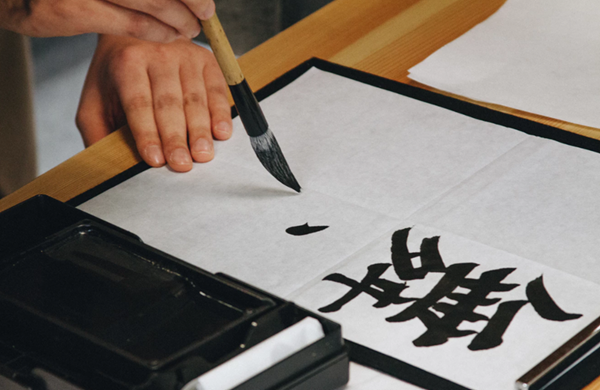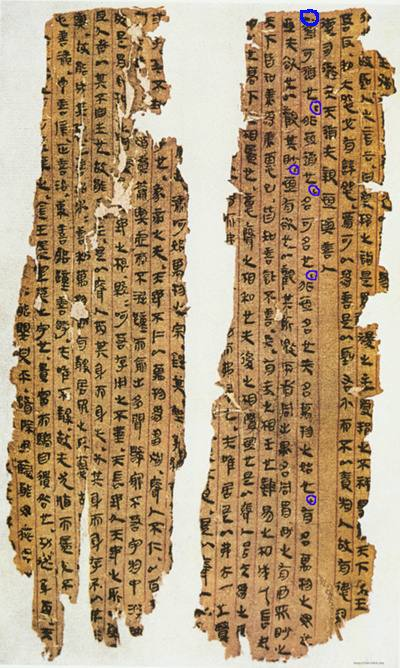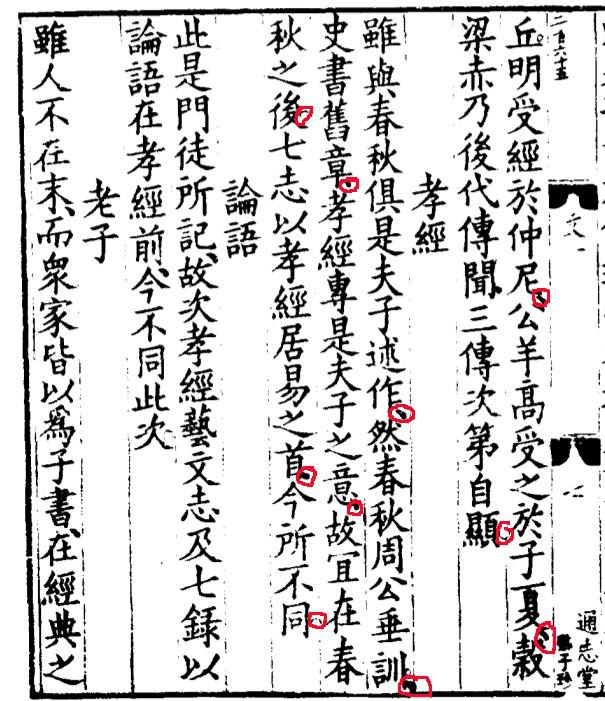Modern Chinese punctuation

One of the things that really surprised me when I started learning Mandarin was that the punctuation currently used in Chinese was so familiar. I was wondering how long they’d used the punctuation.
By the way, the word for punctuation is 标点符号 (Biāodiǎn fúhào) which is literally pretty close to “mark, point, symbol, number”.
I spent 5 years learning Japanese many years ago and at the time, we learned to write it vertically, and of course that was from the Chinese doing the same. If you look at the following old writing though, you can see some punctuation:

Someone has kindly rewritten that in clearer text:

You can see the punctuation highlighted. Note that it’s mostly used to break up sentences and paragraphs, not like we use punctuation today.
The punctuation that’s currently used is from a combination of both Western and Chinese sources. The common items are these:
逗号 (Dòuhào) literally “tease number” is a comma (,). It’s used much the same way that we use them, except for items in a list.
顿号 (Dùn hào) literally “pause number” is another type of comma (、) used to separate items in a list.
句号 (Jùhào) literally “sentence number” is a period (。) but note that it’s a small circle, not a dot.
问号 (Wènhào) literally “question number” is a question mark (?) and used just like we use them.
感叹号 (Gǎntànhào) literally “sense sigh number” is an exclamation mark (!) and used just like we use them.
前括号 (Qián guāhào) literally “before include number” and 后括号 (Hòu guāhào) literally “after include number” are opening and closing round brackets (). They are used pretty much as we use them.
方括号 (Fāng guāhào) literally “square include number” are both opening and closing square brackets 【】.
前引号 (Qián yǐnhào) literally “before lead number” and 后引号 (Hòu yǐnhào) literally “after lead number” are opening and closing quotes “ ” and are used like we use them, except for titles of things like books.
书名号 (Shūmínghào) literally “book name number” are used instead of quotes for things like book titles and look like this: 《 》
省略号 (Shěnglüèhào) literally “province slightly number” is the name of an ellipsis. Note that in Chinese, these are written with 6 dots, not 3: 。。。。。。
破折号 (Pòzhéhào) literally “broken fold number” is the name of a single dash (-). It’s used like our dashes - often to add info to a sentence.
If however, you are connecting two things, a double-dash called 连接号 (Liánjiē hào) literally “connect catch number” is used. For example:
这是北京—上海的火车。(Zhè shì Běijīng—Shànghǎi de huǒchē.) - Note the double-dash. This means “this is the Beijing to Shanghai train”.
冒号 (Màohào) literally “risk number” is a colon ( : ) and used pretty much like we use them.
2020-03-27
